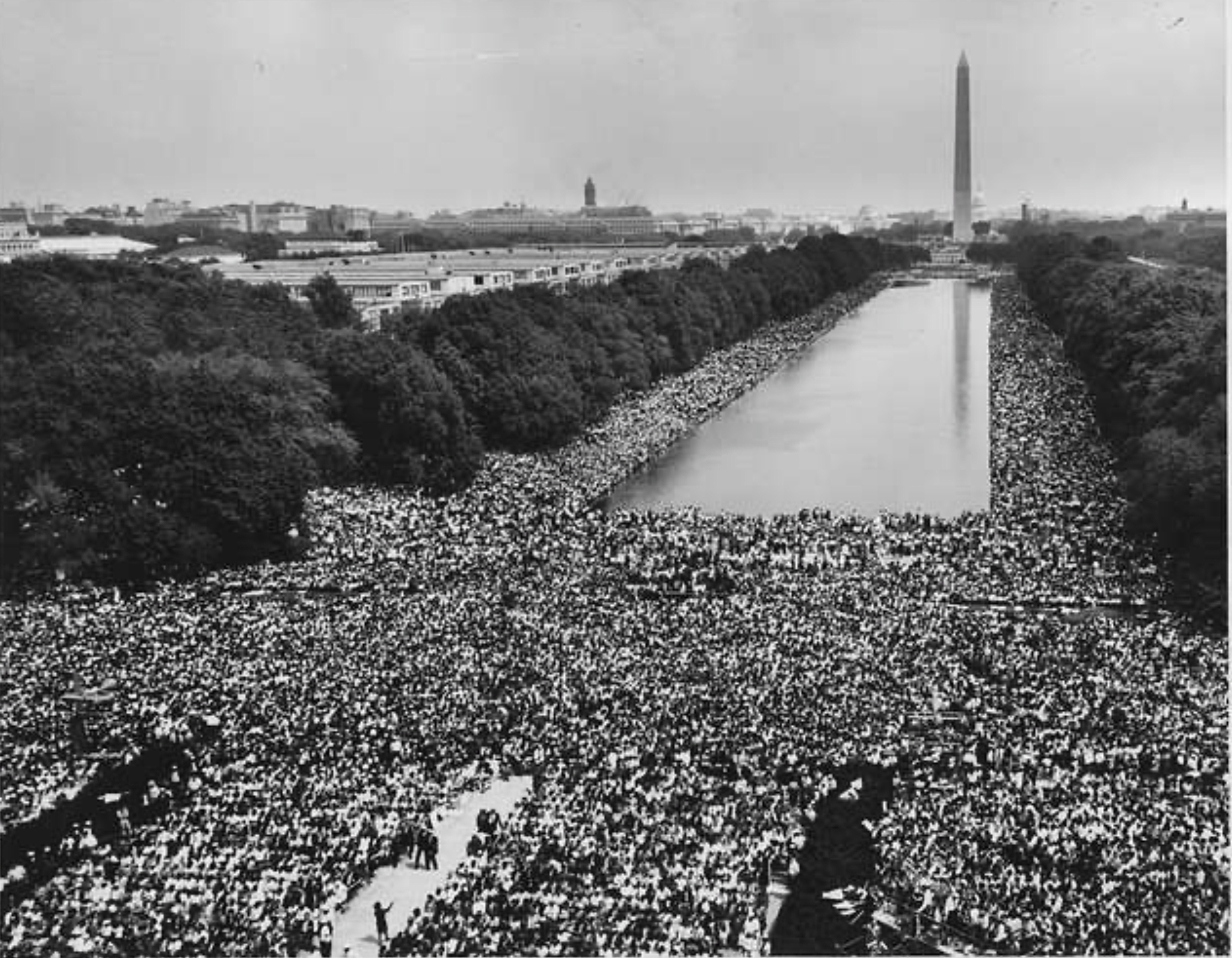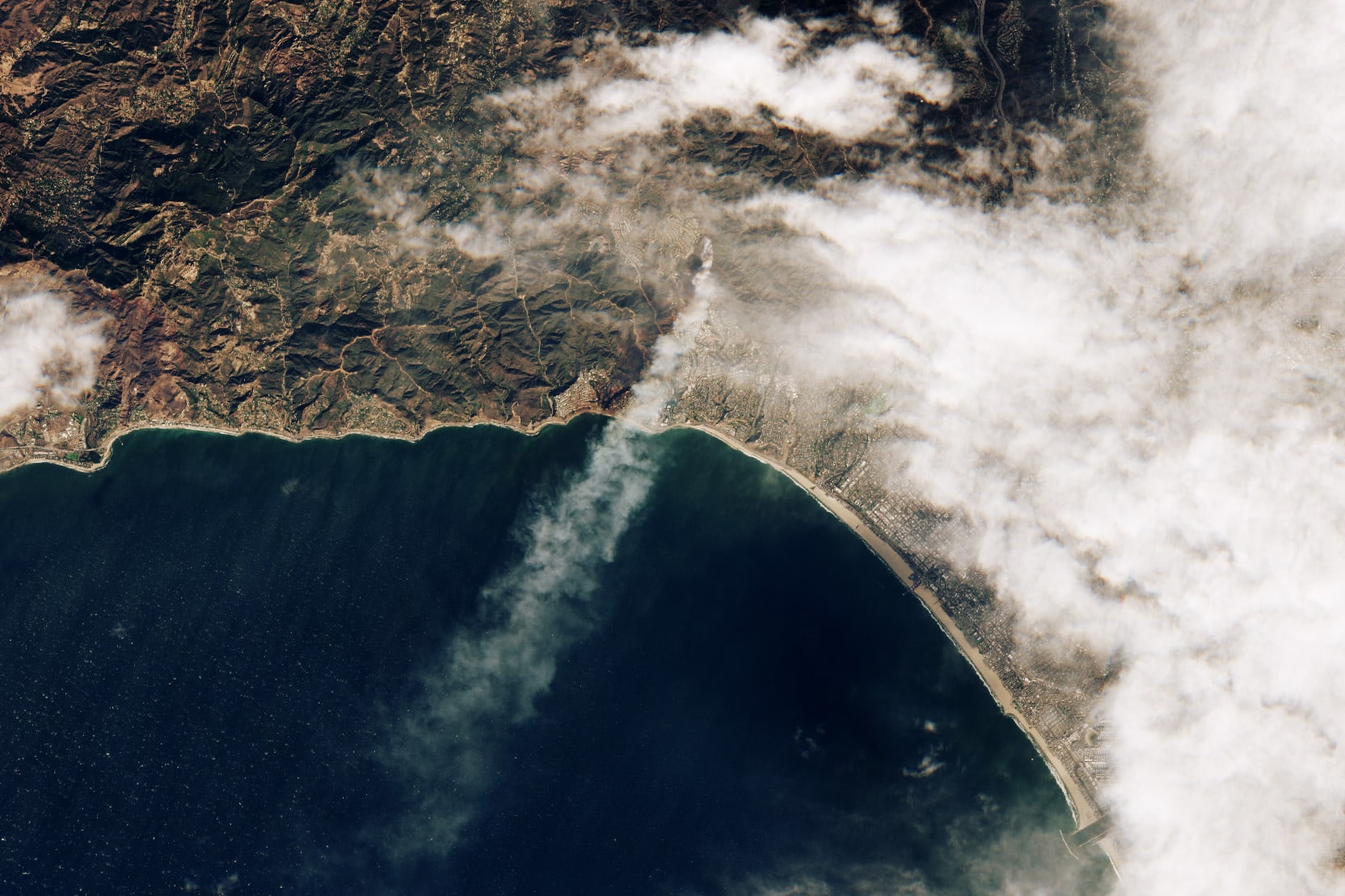World Freedom Day: The Fall of the Berlin Wall Happened 30 Years Ago On This Date
How do you feel about the fall of the Berlin Wall on its anniversary?
Each November 9th since 2001, the U.S. government has observed World Freedom Day to commemorate the fall of the Berlin Wall and the end of communist rule in Central and Eastern Europe. This World Freedom Day marks the 30th anniversary of the fall of the Berlin Wall, which divided not only families and one of Europe’s largest cities, but the free world from totalitarianism.
What was the Berlin Wall?
After the defeat of Nazi Germany and the end of World War II in Europe, the victorious Allies drew up occupation zones which divided Germany: the Soviet Union would occupy East Germany and the Western Allies (the U.S., Britain, and France) would control West Germany. The city of Berlin, located 100 miles east of the border between the two states, was similarly divided into Soviet-occupied East Berlin and Western-occupied West Berlin.
Berlin was the site of the first major escalation of the Cold War when in 1948-49, the Soviets blockaded all land traffic into West Berlin, including vital shipments of coal and food. That prompted the Berlin airlift, in which the Western Allies flew over 2.3 million tons of cargo into West Berlin over the course of 15 months.
During the 1950s, the contrast between capitalist West Berlin and communist East Berlin grew increasingly stark. West Berlin rose from the ashes of World War II and became a flourishing, modern European city ― whereas East Berliners frequently faced shortages of necessities like food and were subjected to mass surveillance by their government. The border between the halves of the city remained open, unlike the border between East & West Germany or the rest of Central Europe, and thousands of Berliners crossed it on a daily basis. But the open border came at a steep cost to East Germany, as about 20% of its population at the time (3.5 million people) fled to the West by 1961, many of whom were young and well-educated.
In a bid to stop the brain drain from leading to the collapse of East Germany (and with it the Eastern Bloc), the East German government, with the approval of Soviet Premier Nikita Khrushchev, closed the border between East and West Berlin without warning on the morning of August 13, 1961. They also began construction of the Berlin Wall, which East German officials said was an “Anti-Fascist Protection Rampart” that was necessary for socialism to thrive in East Germany without Western interference.
The sudden closure of the border divided families and angered Berliners, but while crowds gathered and watched as armed East German guards supervised the Wall’s construction there was no significant violence. About 800 people managed to escape to the West on August 13th despite the armed guards and barbed wire encompassing West Berlin’s 96-mile border.
Perhaps the most prominent landmark in Berlin was also closed by the Wall. Right in the middle of the route of the Berlin Wall, just inside East Germany, was the Brandenburg Gate ― which has been the site of many historical events following its completion in 1791. After World War II, the gate was repaired in a joint project by East and West Germany, but it was closed to vehicle and foot traffic when the Berlin Wall was erected.
In 1963, President John F. Kennedy visited the gate during the same trip in which he delivered a speech telling Germans that “in the world of freedom, the proudest boast is ‘Ich bin ein Berliner’” (I am a ‘Berliner’). While he was there, his view into East Germany was blocked by large red banners hanging from the arches of the gate.
By 1987, the Wall’s continued existence had become symbolic of repression in the Communist Eastern Bloc. To mark Berlin’s 750th anniversary on June 12th, President Ronald Reagan delivered an address at the Brandenburg Gate to express that “Es gibt nur ein Berlin” (there is only one Berlin), although the speech is best known for this passage:
“We welcome change and openness; for we believe that freedom and security go together, that the advance of human liberty can only strengthen the cause of world peace. There is one sign the Soviets can make that would be unmistakable, that would advance dramatically the cause of freedom and peace. General Secretary Gorbachev, if you seek peace, if you seek prosperity for the Soviet Union and Eastern Europe, if you seek liberalization, come here to this gate. Mr. Gorbachev, open this gate. Mr. Gorbachev, tear down this Wall!”
How did the Wall fall?
Signs that the Soviet Union’s empire in Eastern Europe was crumbing after decades of economic inefficiency became apparent two years later in 1989, when elections held in Poland paved the way for the end of communist rule (the elections coincided with the Chinese Communist Party crushing pro-democracy protests in Tiananmen Square). Shortly thereafter, Hungary dismantled its section of the “Iron Curtain” ― an electric fence on its border with Austria ― and Czechoslovakia opened its border with Hungary to allow refugees passage to the West.
Large protests calling for political reforms broke out in East Germany, where the government was struggling to make loan payments on debt owed to foreign governments. The refugee crisis escalated to the point that East Germany temporarily closed the East German-Czechoslovak border.
In early November 1989, the government began issuing regulations to allow East Germans to permanently leave the country if they chose to do so from any border crossing, including those in West Berlin. A press conference on East German television was held the night of November 9th to discuss the changes, which were supposed to take effect the next day, but the spokesman hadn’t been fully briefed and told the press the changes would take effect immediately.
Crowds of East Berliners began assembling at the Wall, and eventually border guards began opening checkpoints after learning of the policy change through frantic, late-night calls to their superiors. Berliners from both sides celebrated the fall of the Wall and commenced its demolition by chipping away souvenirs with picks, sledgehammers, and bulldozers.
The East German government officially began its demolition of the Wall on June 13, 1990, which continued until 1992. The fall of the Wall triggered similar peaceful revolutions to end communism across the Eastern Bloc, and with it, the Cold War. Less than a year after the Wall fell, the official reunification ceremony for Germany was held at the Brandenburg Gate at the stroke of midnight on October 3, 1990.
During the 10,316 days that the Berlin Wall stood, over 100,000 people attempted to escape over it ― more than 5,000 of them did so successfully. Estimates for the number of people killed trying to escape over the Wall range from 136 to more than 200.
— Eric Revell
(Photo Credit: University of Minnesota Institute of Advanced Studies via the National Guard / Public Domain)
The Latest
-
 Changes are almost here!It's almost time for Causes bold new look—and a bigger mission. We’ve reimagined the experience to better connect people with read more...
Changes are almost here!It's almost time for Causes bold new look—and a bigger mission. We’ve reimagined the experience to better connect people with read more... -
 The Long Arc: Taking Action in Times of Change“Change does not roll in on the wheels of inevitability, but comes through continuous struggle.” Martin Luther King Jr. Today in read more... Advocacy
The Long Arc: Taking Action in Times of Change“Change does not roll in on the wheels of inevitability, but comes through continuous struggle.” Martin Luther King Jr. Today in read more... Advocacy -
 Thousands Displaced as Climate Change Fuels Wildfire Catastrophe in Los AngelesIt's been a week of unprecedented destruction in Los Angeles. So far the Palisades, Eaton and other fires have burned 35,000 read more... Environment
Thousands Displaced as Climate Change Fuels Wildfire Catastrophe in Los AngelesIt's been a week of unprecedented destruction in Los Angeles. So far the Palisades, Eaton and other fires have burned 35,000 read more... Environment -
 Puberty, Privacy, and PolicyOn December 11, the Montana Supreme Court temporarily blocked SB99 , a law that sought to ban gender-affirming care for read more... Families
Puberty, Privacy, and PolicyOn December 11, the Montana Supreme Court temporarily blocked SB99 , a law that sought to ban gender-affirming care for read more... Families
 Climate & Consumption
Climate & Consumption
 Health & Hunger
Health & Hunger
 Politics & Policy
Politics & Policy
 Safety & Security
Safety & Security
